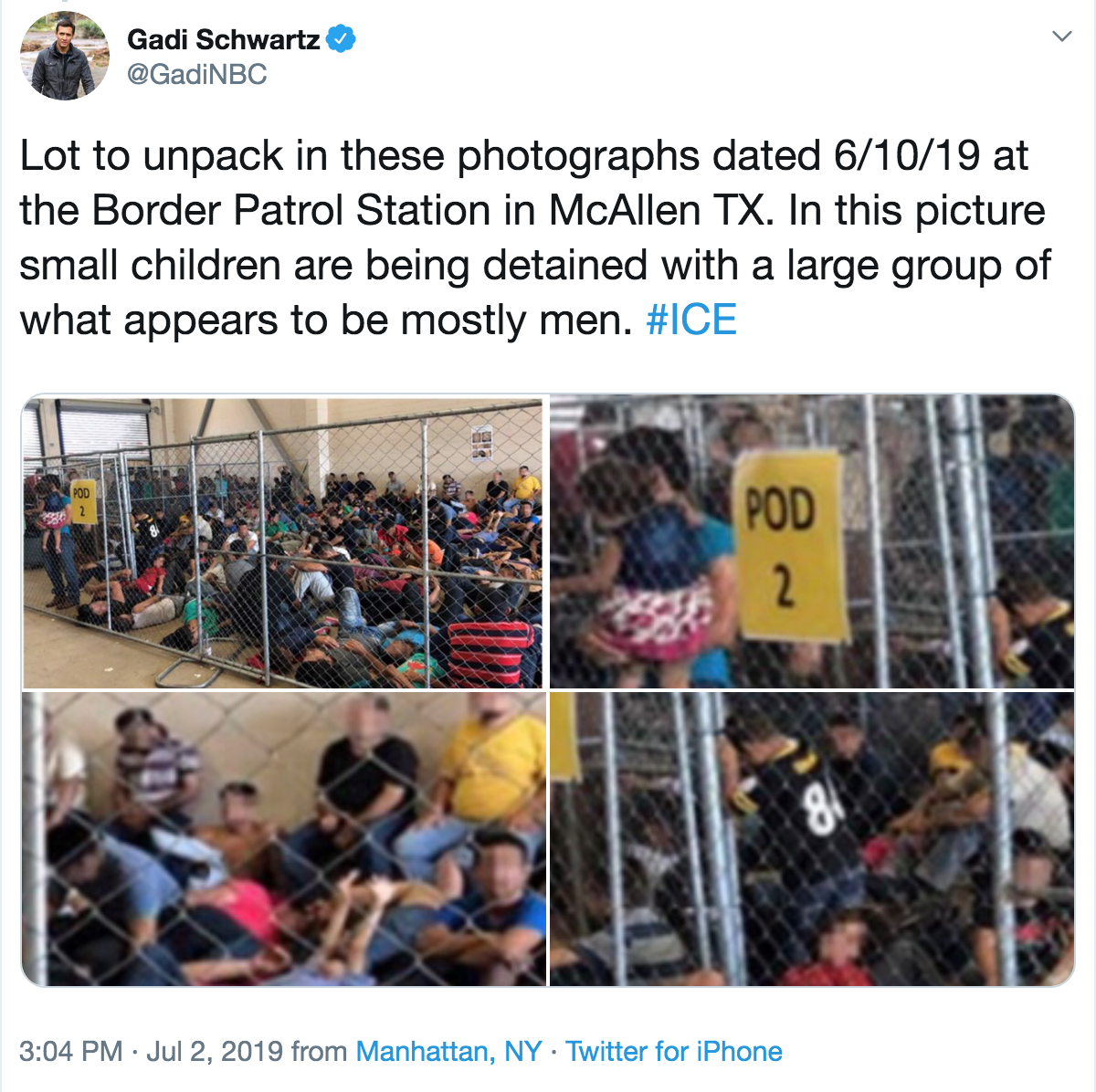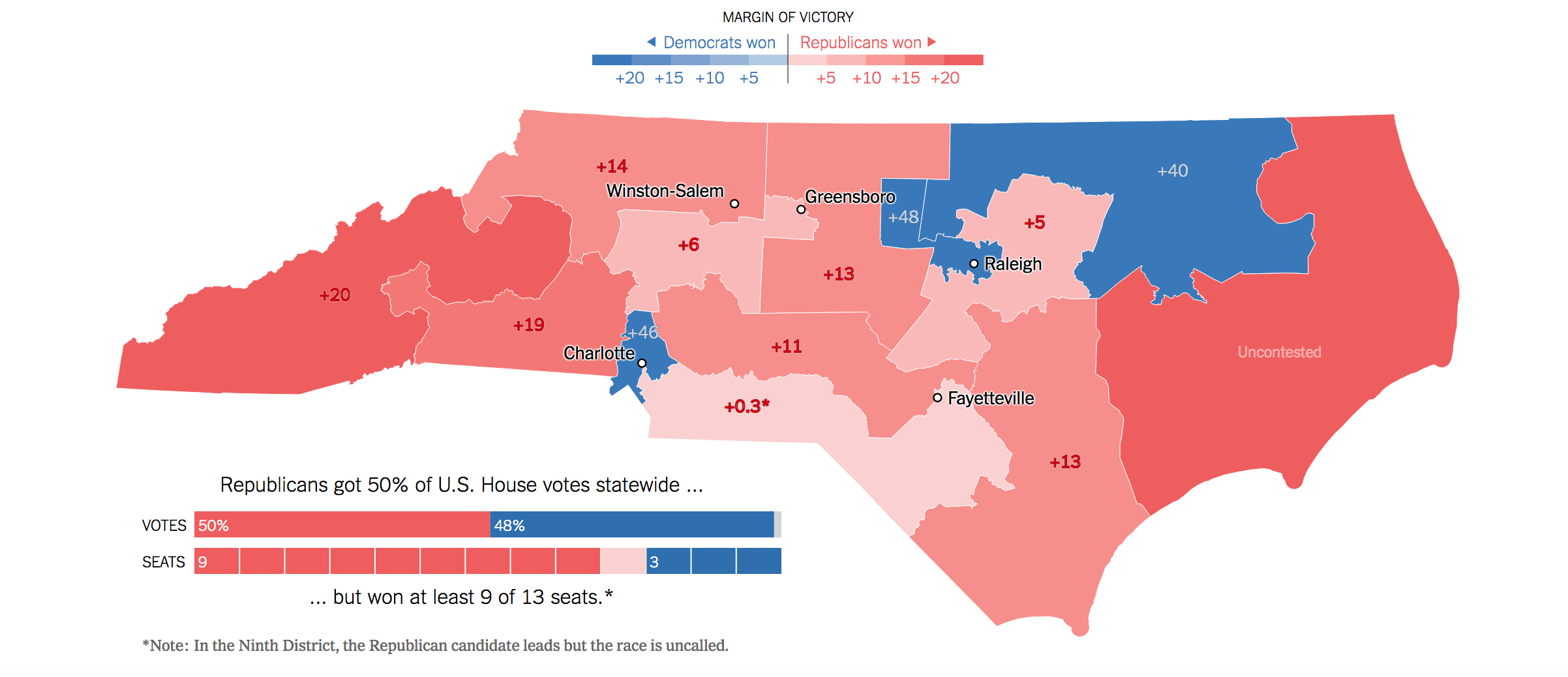The upsides of this proposal are straightforward: more votes would matter, turnout would increase, and candidates would have incentives to seek votes in more places. But proportional representation is unlikely to create a national campaign, nor would it make every vote truly equal. Indeed, a proportional system may lead to an even more undemocratic result than is likely under our current system.
While there would be fewer wasted votes under a proportional system, it would not make every vote count. Absent a constitutional amendment, the votes would have to be rounded to the nearest whole elector. So there would still be wasted surplus votes and votes for the runner up that do not count in the final tally. In close elections, this could lead to the winner of the national popular vote still losing the presidency.
But splitting electoral votes proportionally would raise a whole new problem: a dramatic increase in the likelihood of third-party candidates throwing the election to the House of Representatives.
If a third-party candidate could get enough votes to win just a few electors in a close election, that candidate could prevent anyone from reaching the 270 electoral votes necessary to win. In such a case, the election would go to the House of Representatives, with each state getting a single vote regardless of population. This is a profoundly undemocratic outcome that would lead to voters losing their voices entirely.
Looking at past elections, the House would have decided the outcome in at least 2000 and 2016 if electors were awarded proportionally. But if elections actually occurred under the proportional system, the percentage of elections decided by the House would be much higher as the incentives for third-party candidates grew exponentially. In large states, a third-party candidate would be able to garner at least a couple of electoral votes by winning only a tiny fraction of the vote in that state, and in a close election, that could keep any party from reaching 270.
Once the vote goes to the House, horse-trading, corruption, and backroom deals could lead to a candidate being inaugurated despite having little popular support. So proportional representation is not cure for the evils in our system and would create a host of new and bigger problems.
There is also a feasibility problem under any proposal that involves splitting votes. Unless all or almost all states signed on, the campaigns would still not be truly national—and many states will be unwilling to split their votes for fear of losing political influence.
Splitting up a state’s electoral votes makes sense for a few small states—like Maine and Nebraska—that are perpetually ignored. But most states adopted a winner-take-all system in order to increase their political heft. They wanted candidates to campaign in their states in hopes of winning a large number of electoral votes at once. Therefore, states will be unlikely to unilaterally split their votes for fear of losing that clout.
Safe states would hesitate to give up any of their votes to the other party, and swing states would hesitate to lose their special status. And as long as just a few big swing states kept the winner-take-all system, candidates would have a strong incentive to focus their campaigns on those states alone rather than battling it out for the one or two swing electoral votes in most other states.
The best way to make every vote count—and to make presidential candidates campaign for every vote—is to enact the National Popular Vote Interstate Compact. Unlike splitting electoral votes, no state is put in the position of unilaterally giving up any influence because the Compact does not go into effect until enough states join to guarantee the winner of the national popular vote will become the president. And the Compact is over 70% of the way there—only a few more states need to sign on to make it a reality. When that happens, all votes will count equally—no matter where you live.







